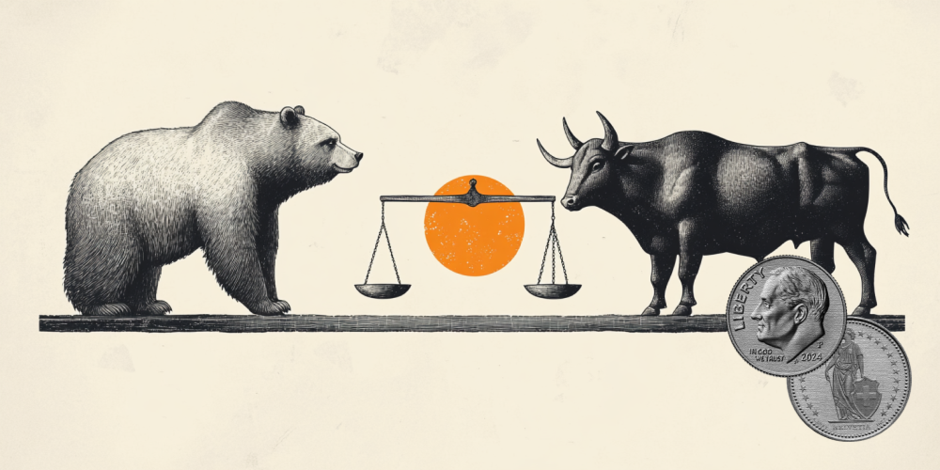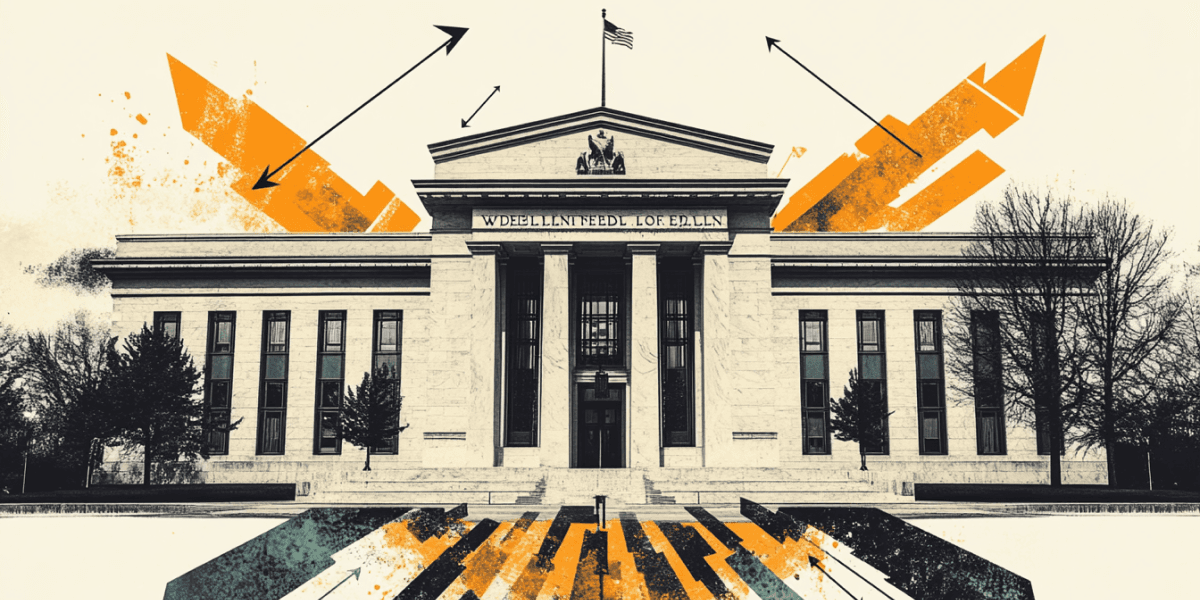USD/CHF stays near 0.8950, downside seems possible due to a weaker US Dollar
- USD/CHF struggles as the US Dollar loses ground following disappointing US economic data.
- Traders anticipate the Fed will keep its current stance for an extended period due to ongoing uncertainty.
- The Swiss Franc strengthened as the yield on the 10-year Swiss government bond rose.

USD/CHF remains under pressure for the fourth consecutive session, hovering around 0.8970 during Asian trading hours on Tuesday. The pair’s decline is driven by a weaker US Dollar (USD), weighed down by disappointing US economic data, including last week’s Jobless Claims and the S&P Global Purchasing Managers' Index (PMI).
Traders continued evaluating the interest rate outlook, with the Federal Reserve (Fed) expected to maintain its current stance for an extended period, amid ongoing uncertainty about President Trump’s economic policies.
Adding to market uncertainty, Federal Reserve Bank of Chicago President Austan Goolsbee stated on Monday that the US central bank requires more clarity before considering interest rate cuts. Goolsbee noted that if government policies lead to rising prices, the Fed is legally obligated to address them.
The US Dollar Index (DXY), which tracks the USD against six major currencies, has slipped to around 106.50, while yields on US Treasury bonds have also declined — with the 2-year yield falling to 4.14% and the 10-year yield to 4.37% at the time of writing.
Meanwhile, the Swiss Franc (CHF) found support as the yield on the 10-year Swiss government bond climbed amid anticipation around the outcome of the German federal election last week. Friedrich Merz, leader of the Christian Democratic Union of Germany (CDU), is poised to become the next German Chancellor after securing a majority of votes. However, Merz is expected to face significant challenges, including complex coalition negotiations.
On the domestic front, softer Swiss Consumer Price Index (CPI) data for January has heightened expectations of further easing by the Swiss National Bank (SNB) in March. Inflation has dropped to 0.4%, its lowest level in nearly four years. In December, the SNB cut interest rates by 50 basis points and signaled the possibility of additional rate cuts ahead.
Swiss Franc FAQs
The Swiss Franc (CHF) is Switzerland’s official currency. It is among the top ten most traded currencies globally, reaching volumes that well exceed the size of the Swiss economy. Its value is determined by the broad market sentiment, the country’s economic health or action taken by the Swiss National Bank (SNB), among other factors. Between 2011 and 2015, the Swiss Franc was pegged to the Euro (EUR). The peg was abruptly removed, resulting in a more than 20% increase in the Franc’s value, causing a turmoil in markets. Even though the peg isn’t in force anymore, CHF fortunes tend to be highly correlated with the Euro ones due to the high dependency of the Swiss economy on the neighboring Eurozone.
The Swiss Franc (CHF) is considered a safe-haven asset, or a currency that investors tend to buy in times of market stress. This is due to the perceived status of Switzerland in the world: a stable economy, a strong export sector, big central bank reserves or a longstanding political stance towards neutrality in global conflicts make the country’s currency a good choice for investors fleeing from risks. Turbulent times are likely to strengthen CHF value against other currencies that are seen as more risky to invest in.
The Swiss National Bank (SNB) meets four times a year – once every quarter, less than other major central banks – to decide on monetary policy. The bank aims for an annual inflation rate of less than 2%. When inflation is above target or forecasted to be above target in the foreseeable future, the bank will attempt to tame price growth by raising its policy rate. Higher interest rates are generally positive for the Swiss Franc (CHF) as they lead to higher yields, making the country a more attractive place for investors. On the contrary, lower interest rates tend to weaken CHF.
Macroeconomic data releases in Switzerland are key to assessing the state of the economy and can impact the Swiss Franc’s (CHF) valuation. The Swiss economy is broadly stable, but any sudden change in economic growth, inflation, current account or the central bank’s currency reserves have the potential to trigger moves in CHF. Generally, high economic growth, low unemployment and high confidence are good for CHF. Conversely, if economic data points to weakening momentum, CHF is likely to depreciate.
As a small and open economy, Switzerland is heavily dependent on the health of the neighboring Eurozone economies. The broader European Union is Switzerland’s main economic partner and a key political ally, so macroeconomic and monetary policy stability in the Eurozone is essential for Switzerland and, thus, for the Swiss Franc (CHF). With such dependency, some models suggest that the correlation between the fortunes of the Euro (EUR) and the CHF is more than 90%, or close to perfect.
Author

Akhtar Faruqui
FXStreet
Akhtar Faruqui is a Forex Analyst based in New Delhi, India. With a keen eye for market trends and a passion for dissecting complex financial dynamics, he is dedicated to delivering accurate and insightful Forex news and analysis.
















